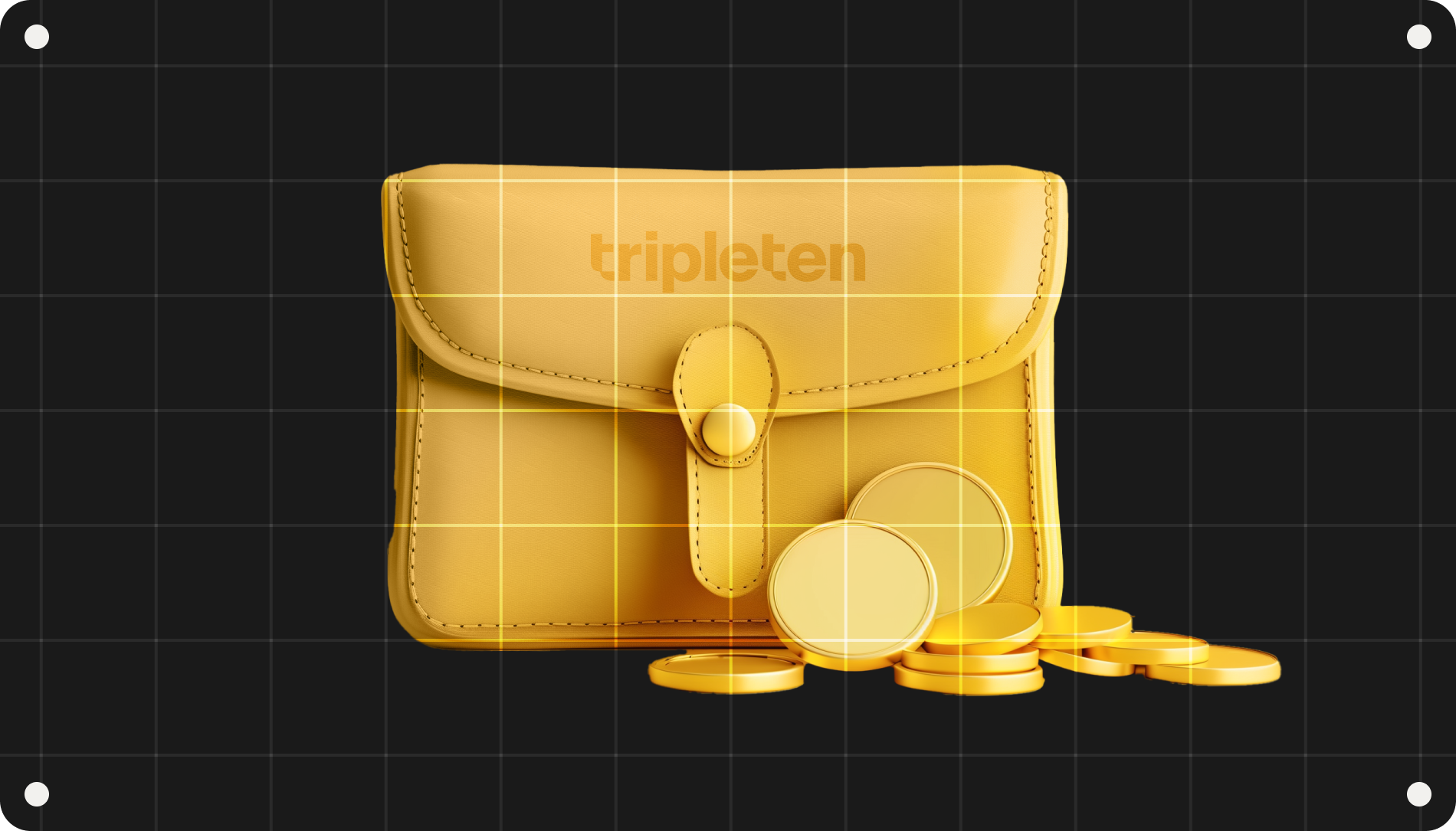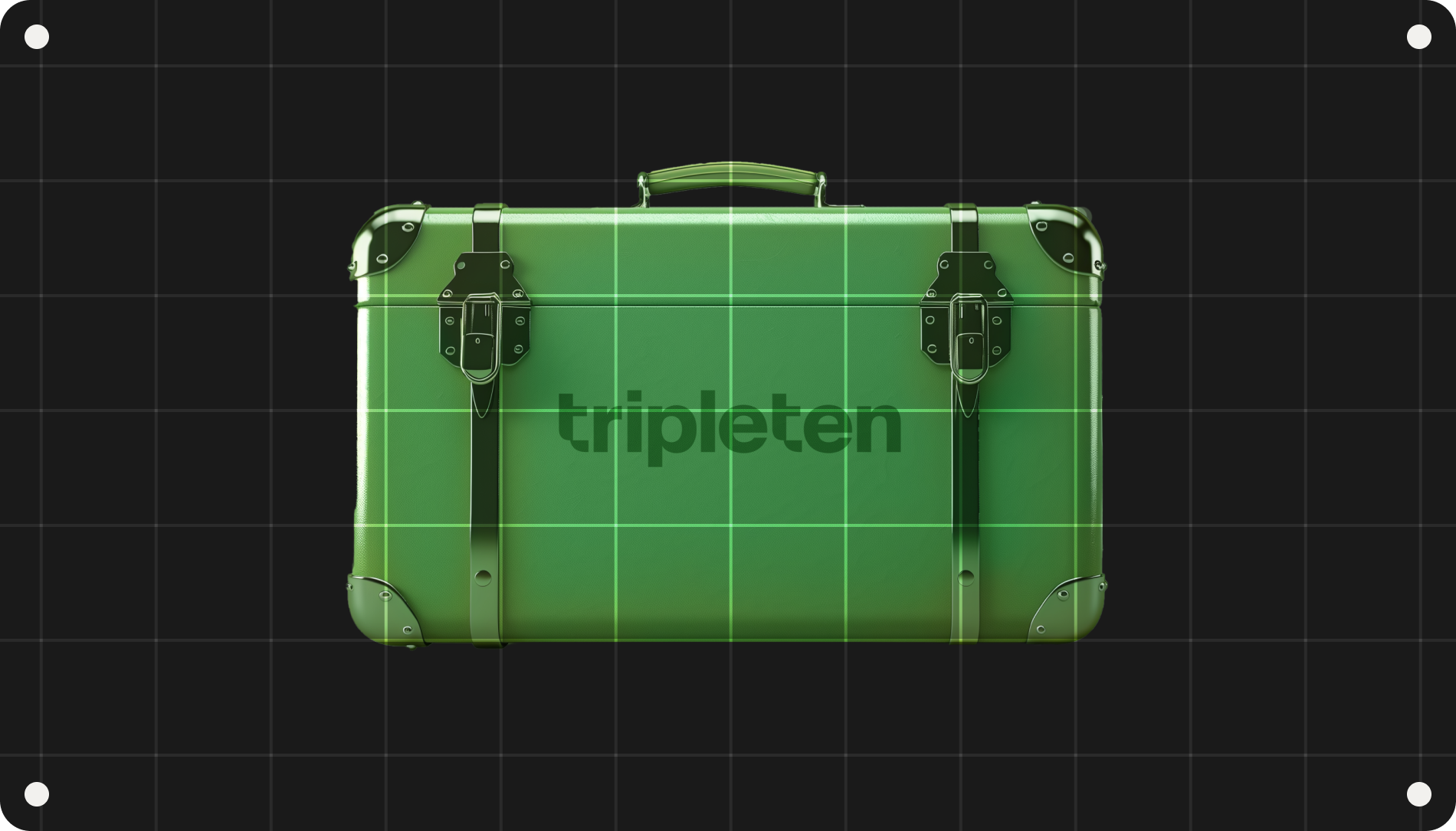Let’s imagine the future of grocery shopping. Instead of making a routine loop around the aisles, you can just look into the entrance camera. Using face recognition, the camera will generate a basket of your frequently bought items. At checkout, your payment will be automatically withdrawn from your bank account. You’ll also be able to add recommended items to your repertoire. While this may seem like something straight out of a Sci-Fi movie, it’s actually already possible, thanks to data science.
Our world is full of data: demographic data, preferences, history of purchases, etc. Data science helps spot patterns and create predictions for many businesses.
A data scientist's role is to work with big data, interpret it, and extract meaning from it. They develop data models which are implemented in the organization's business processes. So what are data scientists' essential skills, responsibilities, and daily tasks?
Everyday responsibilities of a data scientist
Data scientists’ projects start with identifying a specific business problem to investigate. Companies collect and analyze large datasets, whether it’s customer demography and other metrics or competitor data. But to make a hypothesis or a prediction, companies need help from data scientists.
Data scientists are able to analyze these massive datasets of information and extract valuable patterns and insights. They gather relevant statistical information and check the data for accuracy and completeness. Afterward, they create mathematical models based on prepared datasets and present patterns and insights in written reports, charts, or graphs.
With data science, companies know how to raise revenue, expand to new markets, or invest in new products that can potentially bring increased profit.
Years ago, data would be analyzed manually. Now, specialists rely on software-based tools and algorithms to sift through data intelligently. Modern data scientists can create algorithms that make these programs learn from new data inputs. For example, ChatGPT is a large language model trained to understand question structures and give accurate answers. This technology became possible due to the emergence of powerful language models trained by data scientists.
Skills of a data scientist
Understanding math and statistics are solid skills for a data scientist. They’re necessary for determining appropriate models and methods for a given problem. Mathematical competence allows you to quickly learn new models and methods, identify suitable machine-learning techniques, and determine the applicability of machine learning for a specific task. Math knowledge is also essential for interpreting analytics results and comprehending how they are derived from a data set.
A data scientist needs advanced programming and data engineering skills to coordinate projects effectively. Every data scientist needs to understand machine learning and be able to use Python and SQL.
As for soft skills, TripleTen tutors highlight logical thinking, creative thinking, and curiosity. They help professionals see the bigger picture, find ways to solve unique problems, and approach them professionally and calmly.
Last but not least, a data scientist needs considerable communication skills. Why? Because being a data scientist means helping others utilize and understand the impact of data.
Data analytics vs. Data science
A data scientist's duties occasionally intersect with those of a data analyst, mainly in exploratory data analysis and visualization. Nonetheless, a data scientist's skillset is usually more comprehensive than that of an average data analyst.
A data scientist generally focuses on collecting and preparing data, whereas a data analyst concentrates on interpreting and extracting valuable insights from the data. The main job of a data analyst is to write queries to retrieve data and process data to find valuable insights about the business. A data analyst collects information from the past and makes a conclusion based on them. A data scientist primarily develops models and creates algorithms to ease the analysis of the future and make predictions about how things will develop.
That's why, unlike data analysts, a data scientist uses programming languages such as Python, R, and SAS more frequently and profoundly. Also, while the basic knowledge of statistics, machine learning, and cloud computing is enough for a data analyst, a data scientist needs advanced skills in these fields.
A typical day for a data scientist
There is no complete description of the working day (or timetable) appropriate for all data scientists or even for most. But significant patterns often repeat.
Let’s briefly examine an approximate everyday timetable of a data scientist, based on the insights provided by TripleTen tutor Daniel DeFoe and veteran data scientist and author of Data36 blog, Tomi Mester.
Coding (~70%). Coding is the most exploitable craft in a professional data scientist's day-to-day life. For example, Daniel does pair and solo programming during the day and he says that it takes most of his time.
Coding has a lot of variety. It includes data cleaning and formatting. You code when you choose a specific machine learning model or analytics method for your task. Also, coding helps you visualize your insights or construct dashboards for stakeholders.
Critical thinking (~15%). This includes researching and coming up with solutions for a company’s issue. It may be convenient for some to draw schemes in mind-mapping applications and surf the Internet simultaneously.
Communication (~15%). This includes 1-on-1 communication with your boss, presentations in Zoom for business departments, and even constant messaging in Slack. This also includes explaining the essence of your work to people who do not work with data on a daily basis.
Communication time depends on the types of projects a data scientist works on and the more experience they have. The higher the position, the more amount of time dedicated to communication and planning there tends to be. At TripleTen, Daniel has a daily standup call with his team at 10 a.m., followed by conferences and technical discussions. At the moment, communication tasks take approximately 25% of Daniel’s work time.
Is data scientist work challenging?
The most enjoyable part of a data scientist's job is figuring out what steps must be taken to turn raw data into meaningful insights for the organization. That’s when you find brilliant techniques and models to use.
It's essential to be creative when choosing how to apply these insights based on available resources. However, this part of the job can also be challenging, since there are usually many potential solutions, and it can take time to determine the best one.
And the most challenging part of the job is tracking down bugs that cause all of your model outputs to become nonsense. It can take hours of raking through the code, only to realize that a misplaced comma from two weeks ago was the culprit.
Summary: what skills, responsibilities, and day-to-day tasks are inherent in data science?

TripleTens Data Science Bootcamp introduces you to the profession and gives you solid fundamentals for becoming a data scientist. No prior experience is needed!
Still not sure if you want to be a data scientist or another tech professional? Take a career quiz and choose the tech career that suits you best.
.jpg)





.png)








